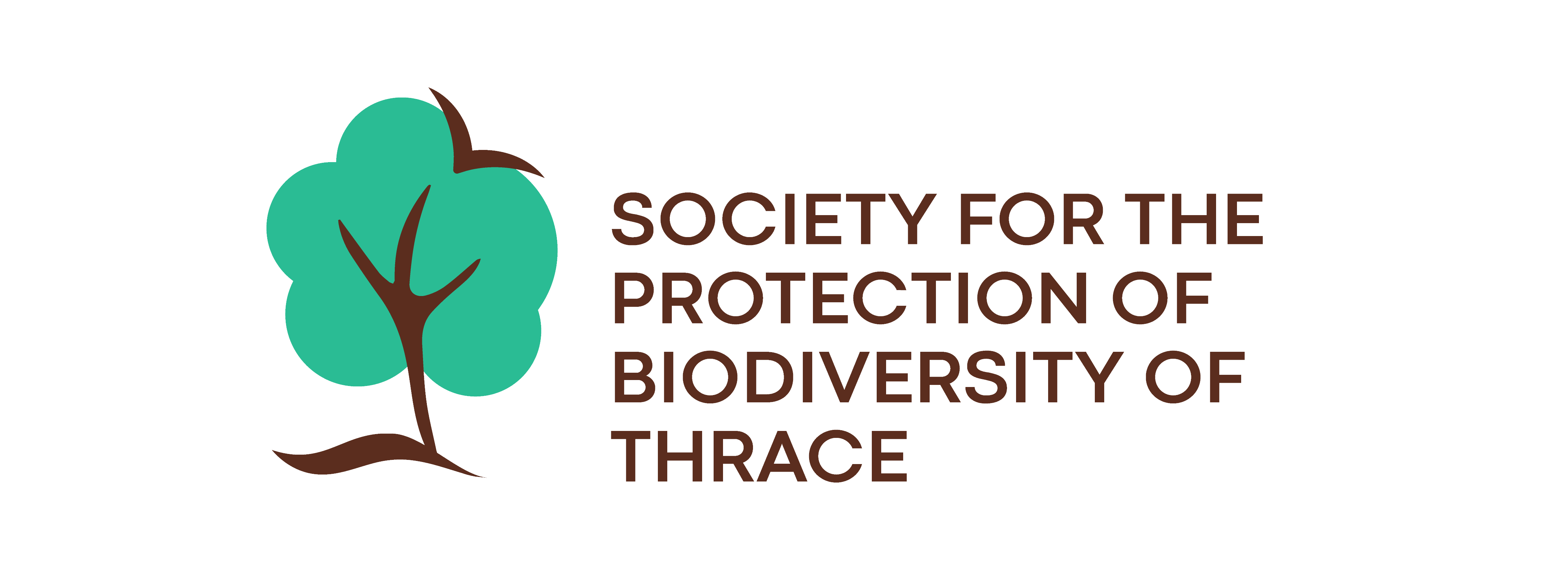After the 2023 Fire: What Changes for Reptiles in Dadia Forest
The Dadia–Lefkimi–Soufli National Park Forest is one of the most important biodiversity treasures of Greece and Europe. The devastating wildfires of 2022, and especially of 2023, burned a large part of its area, putting intense pressure on terrestrial wildlife populations. To assess the consequences, a study was carried out in collaboration with the Department of Biology of Aristotle University of Thessaloniki, comparing data from before and after the fires.
The results show clear differences between amphibians and reptiles. A total of 73% of amphibians were recorded after the fire, a figure that indicates relative resilience. The presence of water bodies and their summer dormancy appear to have offered some protection. Although their populations declined in numbers, the majority of species are still present in the National Park.
The picture for reptiles, however, is much more alarming. Of the 29 species previously recorded, only 31% were found again again after the fire. Populations of tortoises(Testudo hermanni and (Testudo graeca) suffered a dramatic decline, with only a few individual observations—dropping from 13.8 individuals per hectare (ha) in 2015 to just 1.03 individuals/ha after the fire. This represents a 92.54% decrease compared to 2015. Of particular concern is that no snakes were recorded up to 14 months after the fire..


The loss of more than two-thirds of reptile species is evidence that this group was affected more severely than any other. Their limited mobility and specific biological traits (e.g. low capacity to escape fire fronts) make them extremely vulnerable. The absence of snakes is not only a biological loss but also a functional one, as they play a key role as mid-level predators in regulating ecosystems.
These findings highlight the urgent need for targeted restoration actions and a long-term management strategy. Future forest policy in the area must incorporate the concept of habitat mosaic and place emphasis on extensive livestock grazing, which can help maintain landscape heterogeneity—a role that had been underestimated in previous years.
Read more here
The study was conducted as part of restoration actions for the burned areas from the 2023 fire, within a broader restoration program across various countries worldwide, funded by WWF International.



